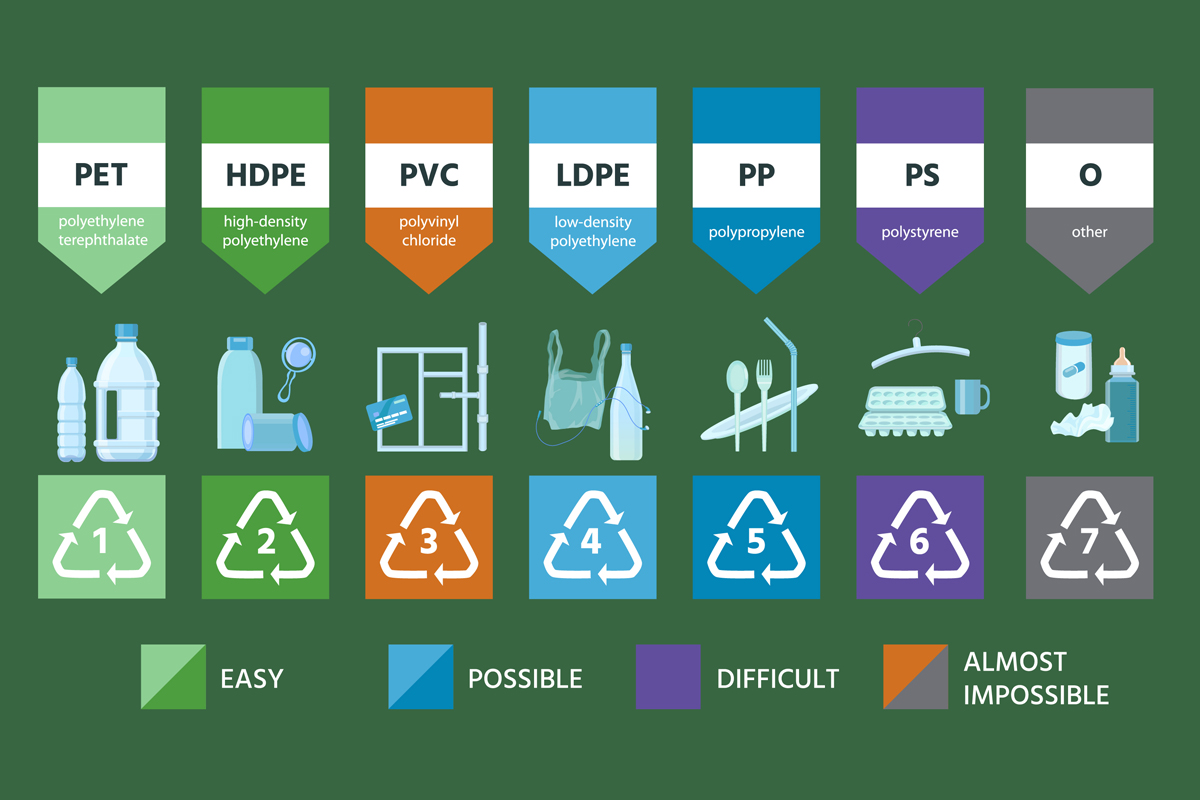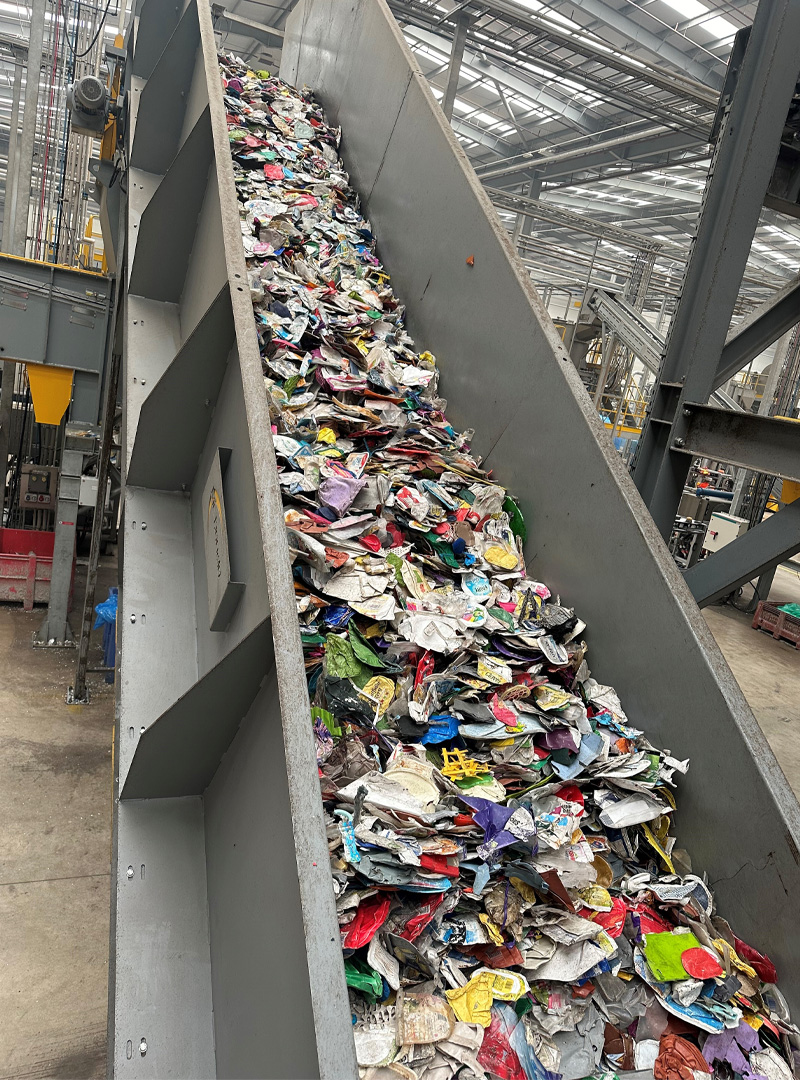The Future of Packaging is Sustainable
Embrace Eco-Friendly Packaging Solutions
Discover how sustainable packaging can significantly reduce environmental impact and promote a healthier planet.
Why Choose Sustainable Packaging?
01
Environmental Responsibility
Upgrading to sustainable packaging helps supports the circular economy by keeping materials in use for as long as possible.
02
Reduced Waste
By opting for sustainable packaging, you contribute to a significant reduction in waste and pollution.
03
Recyclable and Reusable
Our products are designed to be easily recyclable and reusable, promoting a circular economy.
04
Cost-Effective
Sustainable packaging can be cost-effective in the long run by reducing waste management expenses and potential tax.
05
Consumer Appeal
Eco-conscious consumers prefer brands that prioritise sustainability, enhancing your brand image and loyalty.
06
Compliance with Regulations
Stay ahead of regulations by adopting packaging solutions that meet environmental standards.
The Impact of Sustainable Packaging
Explore the data behind the shift towards sustainable packaging and its benefits.
80% of Consumers Prefer Eco-Friendly Packaging
50% Reduction in Carbon Footprint
30% Decrease in Waste Generation
Understanding Recycle Codes
What Are Recycle Codes?
Resin identification codes, often found on the bottom of packaging materials, are numerical symbols that help consumers identify the type of plastic used. These codes range from 1 to 7 and are crucial for determining the recyclability of the material. For instance, code 1 (PET) is commonly used for beverage bottles and is widely recyclable, whereas code 7 (Other) includes various plastics that are not easily recycled. By understanding these codes, consumers can make informed decisions about how to dispose of packaging, ensuring that recyclable materials are properly processed and reducing the amount of waste that ends up in landfills.
Knowing what each recycle code stands for can significantly impact your recycling efforts. For example, code 2 (HDPE) is used for milk jugs and detergent bottles, and is highly recyclable. Code 3 (PVC) is found in pipes and some food wraps, but is less commonly recycled. By sorting your recyclables according to these codes, you can contribute to more efficient recycling processes and help reduce environmental pollution.

How to Support Sustainable Packaging
Enhance Brand Image
Eco-friendly packaging signals to consumers that a brand is environmentally responsible and forward-thinking.
Influence Purchasing Decisions
Studies show that a significant portion of consumers are willing to pay more for products with sustainable packaging.
Reduce Environmental Impact:
By using less material and opting for biodegradable or recyclable options, businesses can significantly lower their environmental footprint.
Upgrade to Sustainable Packaging
At Sema Sprayers, we offer a wide range of sustainable packaging dispensers. Take the first step towards a greener future by exploring our selection of eco-friendly products. Together, we can make a significant impact on reducing environmental waste. Contact us to speak with our experts.
Commonly Asked Questions...
What is sustainable plastic packaging?
Sustainable plastic packaging refers to the use of materials and design strategies that minimise environmental impact. This includes reducing plastic pollution, using recycled or biodegradable materials, and designing for reuse or easier recycling such as using monopolymer. The goal is to decrease reliance on virgin plastic and lower the carbon footprint associated with packaging.
How does sustainable plastic packaging help reduce plastic pollution?
Sustainable plastic packaging helps reduce plastic pollution by incorporating materials that are easier to recycle, biodegrade more quickly, or are made from renewable resources. This reduces the amount of plastic waste that ends up in landfills and oceans, helping to reduce the negative impact on wildlife and ecosystems.
What is virgin plastic, and why is it a concern?
Virgin plastic is plastic that has been newly created from petrochemical feedstocks, such as natural gas or crude oil, rather than from recycled materials. It is a concern because its production consumes significant resources and energy, contributing to carbon emissions and environmental degradation. Reducing the use of virgin plastic in favour of recycled materials is a key aspect of sustainable packaging.
What is the plastic packaging tax in the UK, and how does it promote sustainability?
In addition to rising material and business operation costs, businesses in the UK now face an additional financial challenge with the Plastic Packaging Tax imposed by HMRC. Companies must pay £217.85 per metric tonne on plastic packaging that contains less than 30% recycled plastic. By upgrading your packaging to include more than 30% recycled plastic, you can avoid this tax and potentially save your business thousands of pounds each year.

